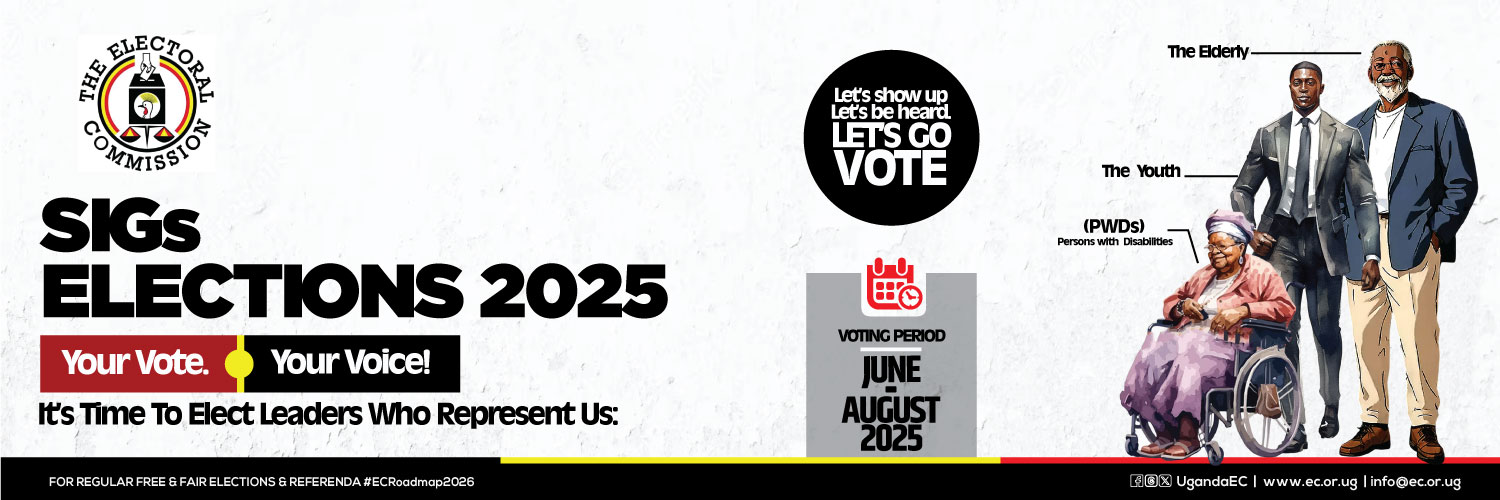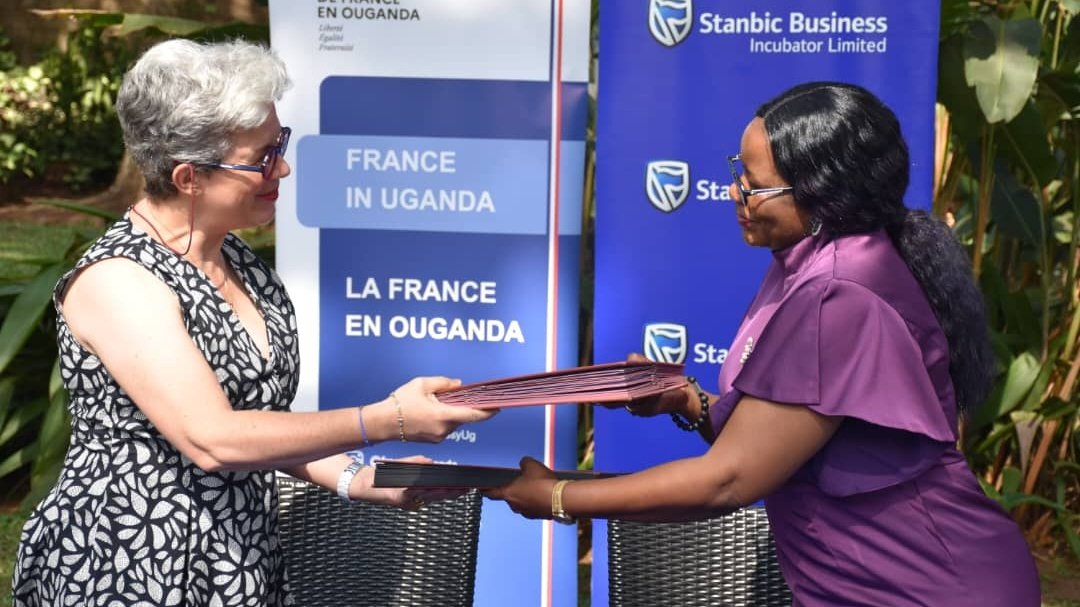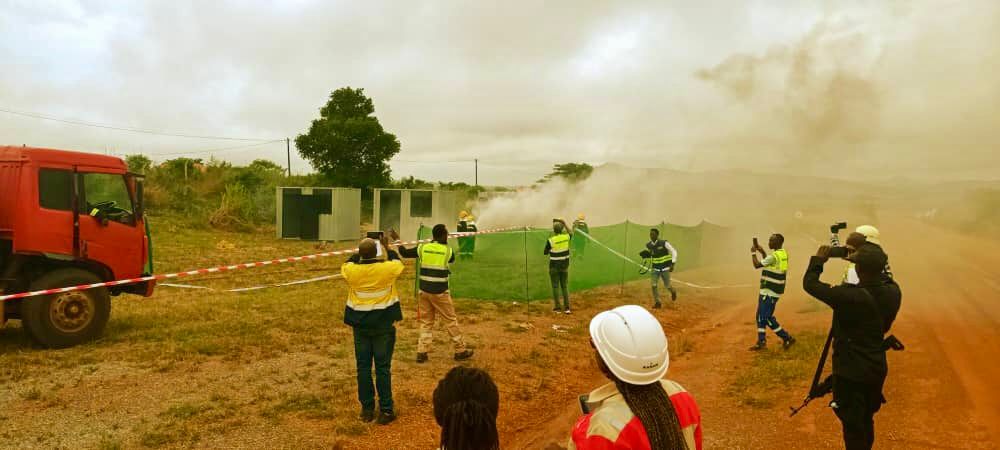The coin crisis crippling trade in Northern Uganda
From faded digits to barely visible mint marks, these coins are being turned away by traders and vendors across the Lango sub-region. And while the coin is still legal tender, the reality on the ground tells a different story.

In the bustling open-air markets of Lira and the dusty trading centers of Omoro District, a small but crucial currency is causing outsized chaos. The once-reliable 500 shilling coin, particularly those minted between 2000 and 2007, has become a source of tension, frustration, and economic slowdown — not because of its value, but because of its appearance.
From faded digits to barely visible mint marks, these coins are being turned away by traders and vendors across the Lango sub-region. And while the coin is still legal tender, the reality on the ground tells a different story.
George Otim, a trader in Acet Town Council, Omoro District, has seen firsthand how this silent crisis is disrupting business. “We rely heavily on these coins for everyday trade, but when we take them to urban centers like Lira City, they’re rejected,” he says. “It’s affecting our ability to restock, and we’re losing money in the process.”
Irene Ato, a produce dealer from Otwal Sub-county in Oyam District, is even more frustrated. She recently had coins worth 10,000 shillings turned down by vendors at Lira Main Market. “It was humiliating,” she says. “They treated the money like it was fake.”
According to financial experts, the problem isn’t the coin itself, but how it’s perceived.
Felix Eciru a bank manager in Lira who considerd anonymity, explains: “The 500 shilling coin remains legal tender in Uganda, regardless of how old or worn it appears. The real issue is public mistrust and mishandling of the currency. When coins are rejected by vendors and traders, it creates a chain reaction of doubt that affects everyone.”
Eciru warns that the rejection of legal currency undermines the very fabric of cash-based economies. “This fear spreads like wildfire,” he adds. “And unfortunately, it leads to hoarding of newer coins and pushes even small-scale transactions toward mobile money — which, although convenient, comes with extra costs that many rural traders can’t afford.”
While many urban Ugandans may take the utility of coins for granted, in rural areas like Omoro and Oyam, coins are the cornerstone of daily transactions. The rejection of worn-out currency is more than an inconvenience; it’s eroding trust in physical money altogether.
“I’ve had to turn to mobile money even for payments as low as 2,000 shillings,” says Ato. “But those charges eat into our profits.”
Experts suggest the Bank of Uganda needs to increase public awareness campaigns on the validity of old coins, while also reinforcing the banking system’s role in accepting and replacing damaged currency. Traders, too, must be educated on how to differentiate between legal tender and counterfeit.
“The central bank could also consider a more aggressive coin recall and redistribution effort,” Eciru notes. “But at the very least, let’s start by correcting the misinformation.”
Until then, business owners like Otim and Ato remain trapped in a cycle of uncertainty caught between worn-out coins and a system that seems unprepared to handle them.







